Marketing: Lecture 1 - Core Concepts, Strategies, and the Digital Age
VerifiedAdded on 2021/10/06
|44
|1752
|45
Homework Assignment
AI Summary
This document presents a detailed lecture on the introduction to marketing, covering core concepts, the marketing process, and customer value. It explores the importance of understanding the marketplace, identifying customer needs, and developing customer-driven marketing strategies. The lecture delves into customer relationship management, strategies for creating and capturing customer value, and examples of modern marketing department structures. It also discusses the roles and responsibilities within the marketing field, and the impact of digital technologies. The lecture references key marketing texts and provides discussion questions to reinforce learning. The document is a valuable resource for students studying marketing principles, providing a solid foundation in the subject.
1 out of 44

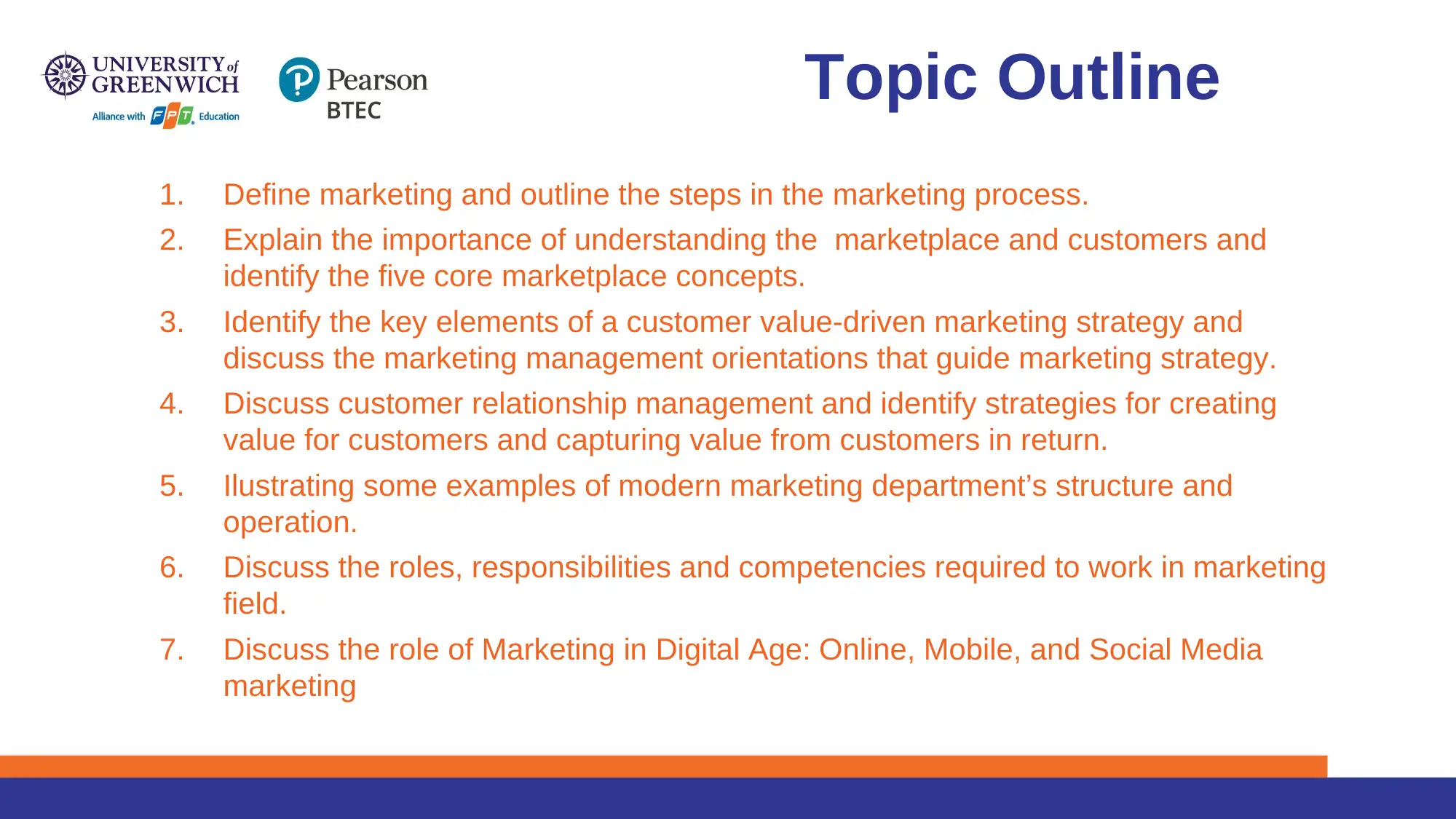
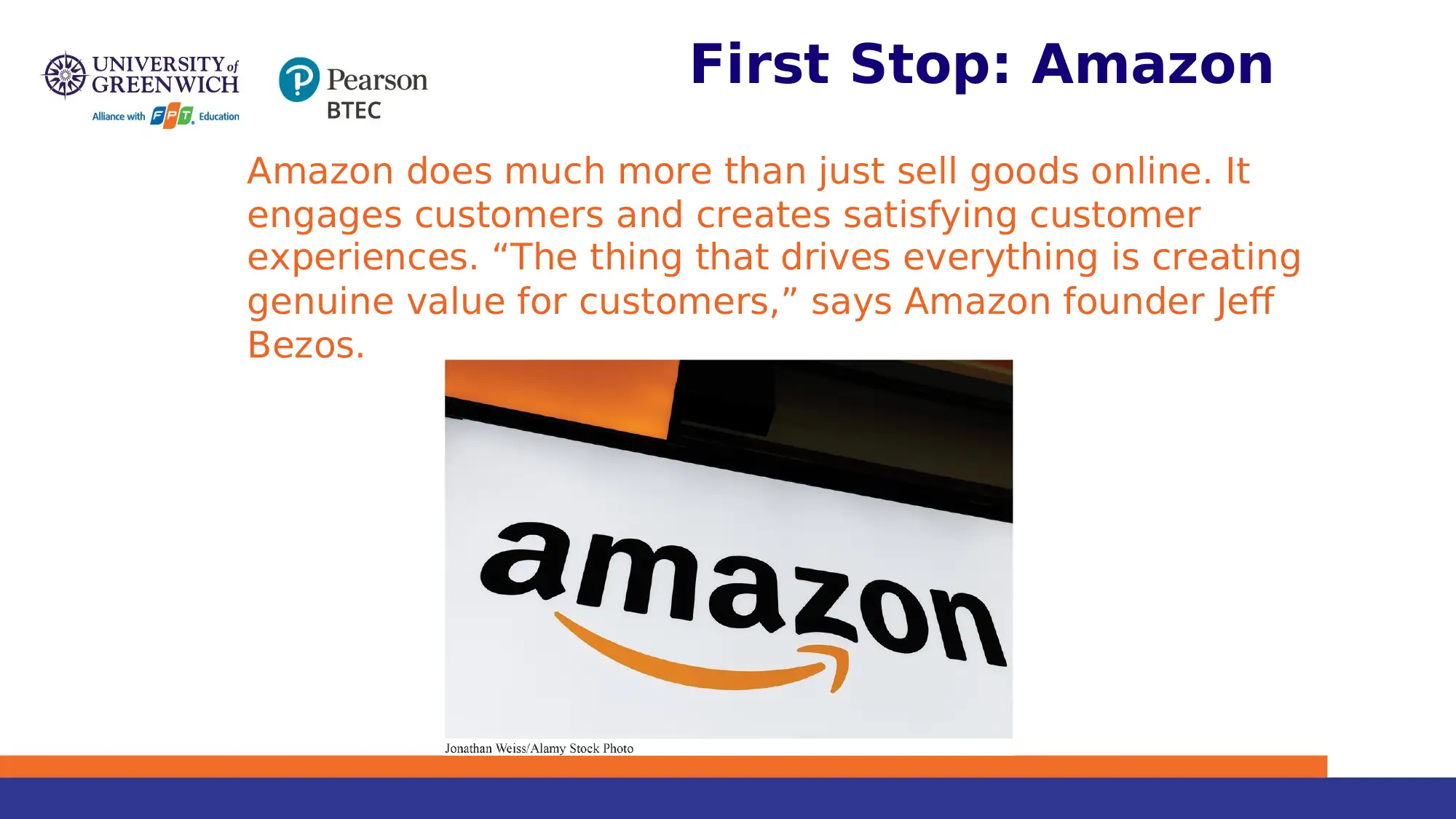

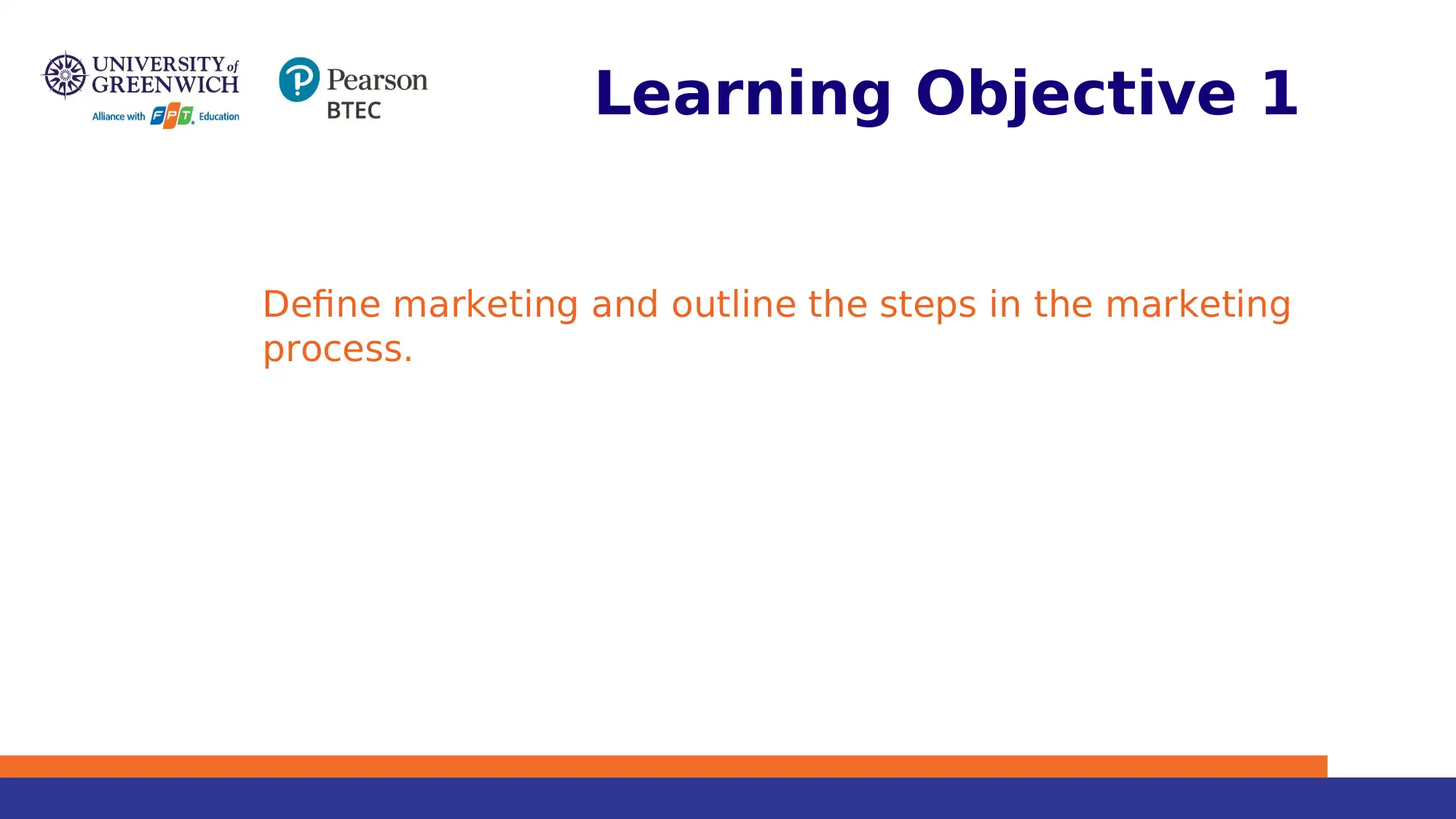

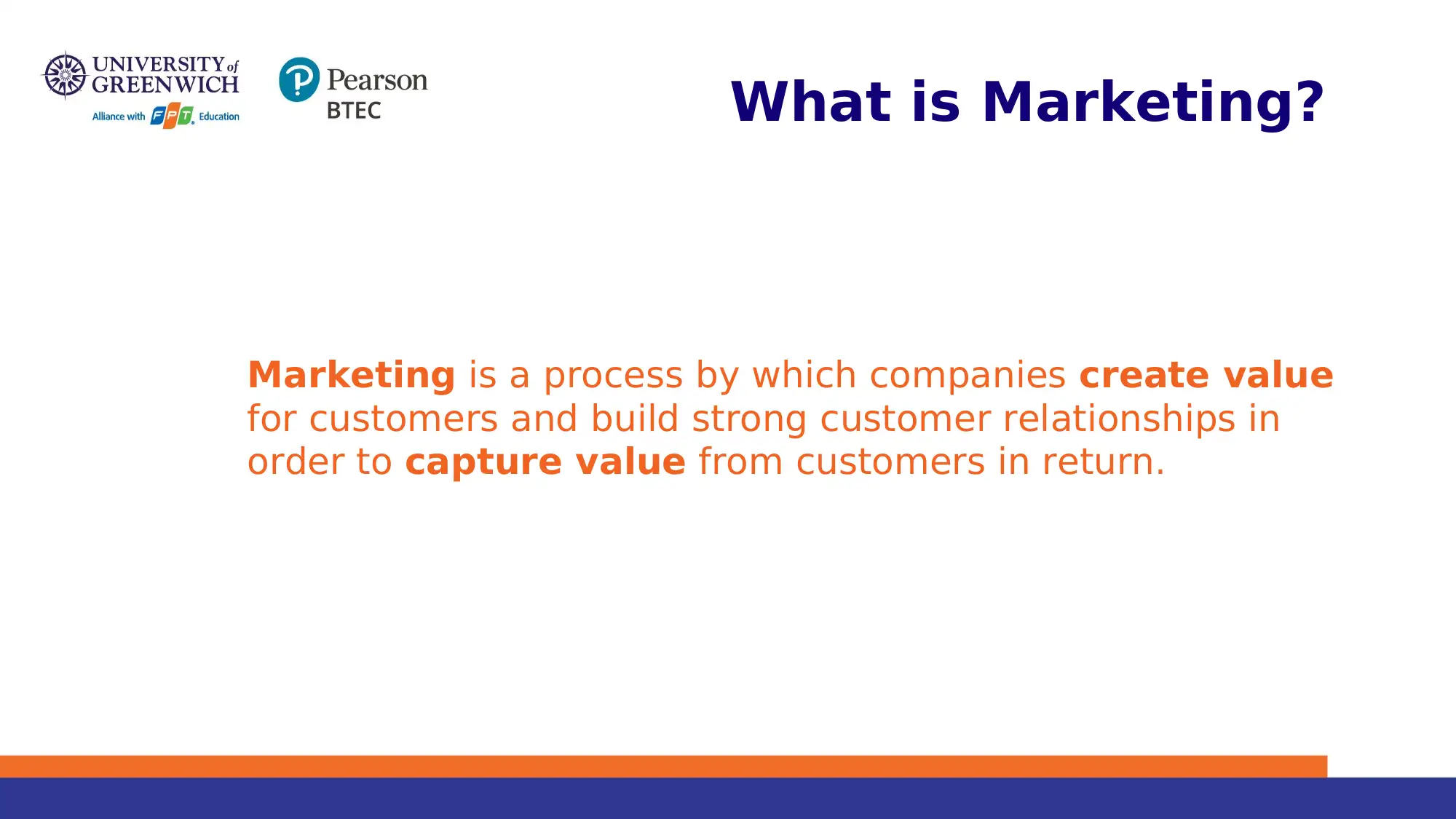

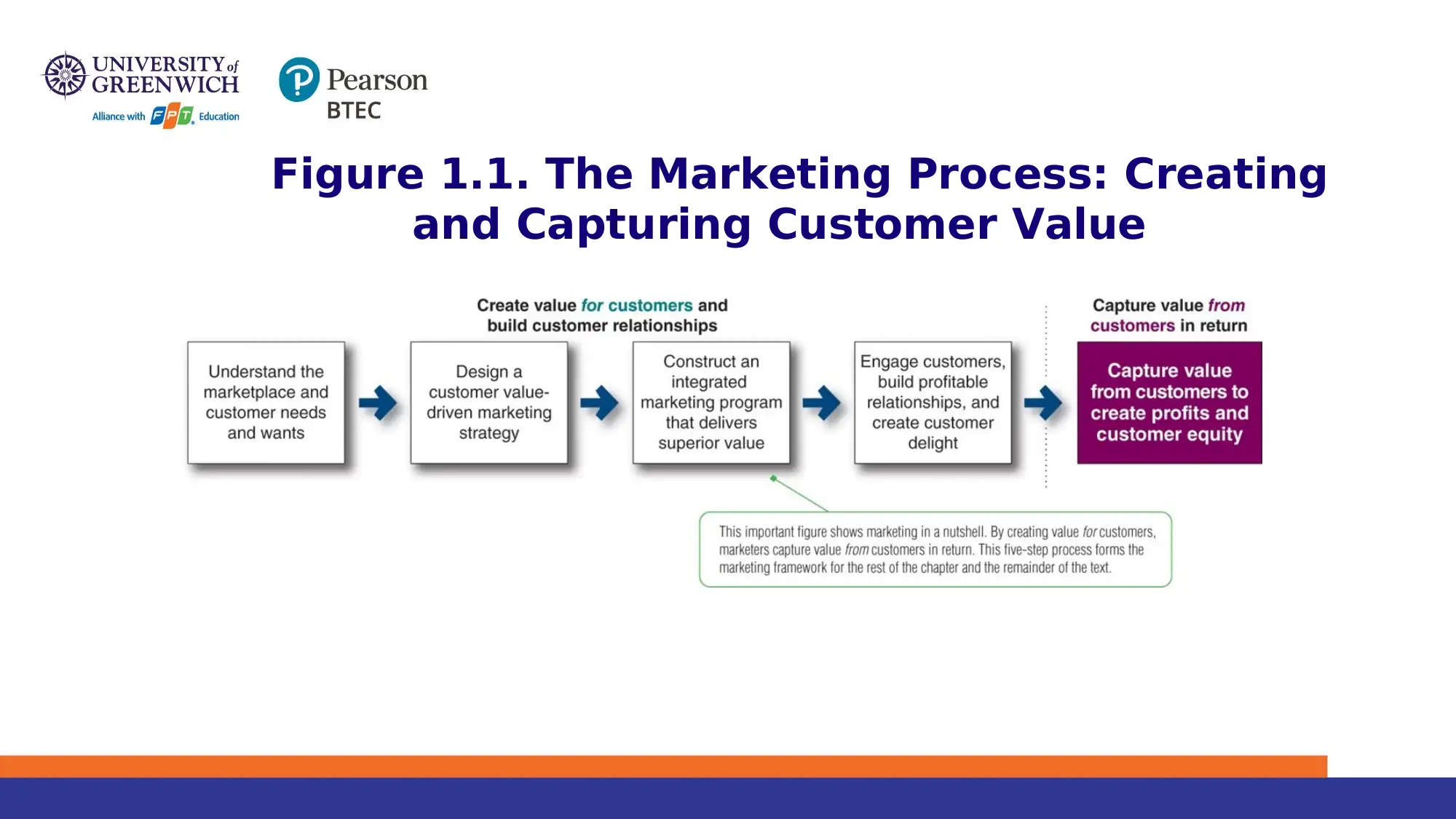
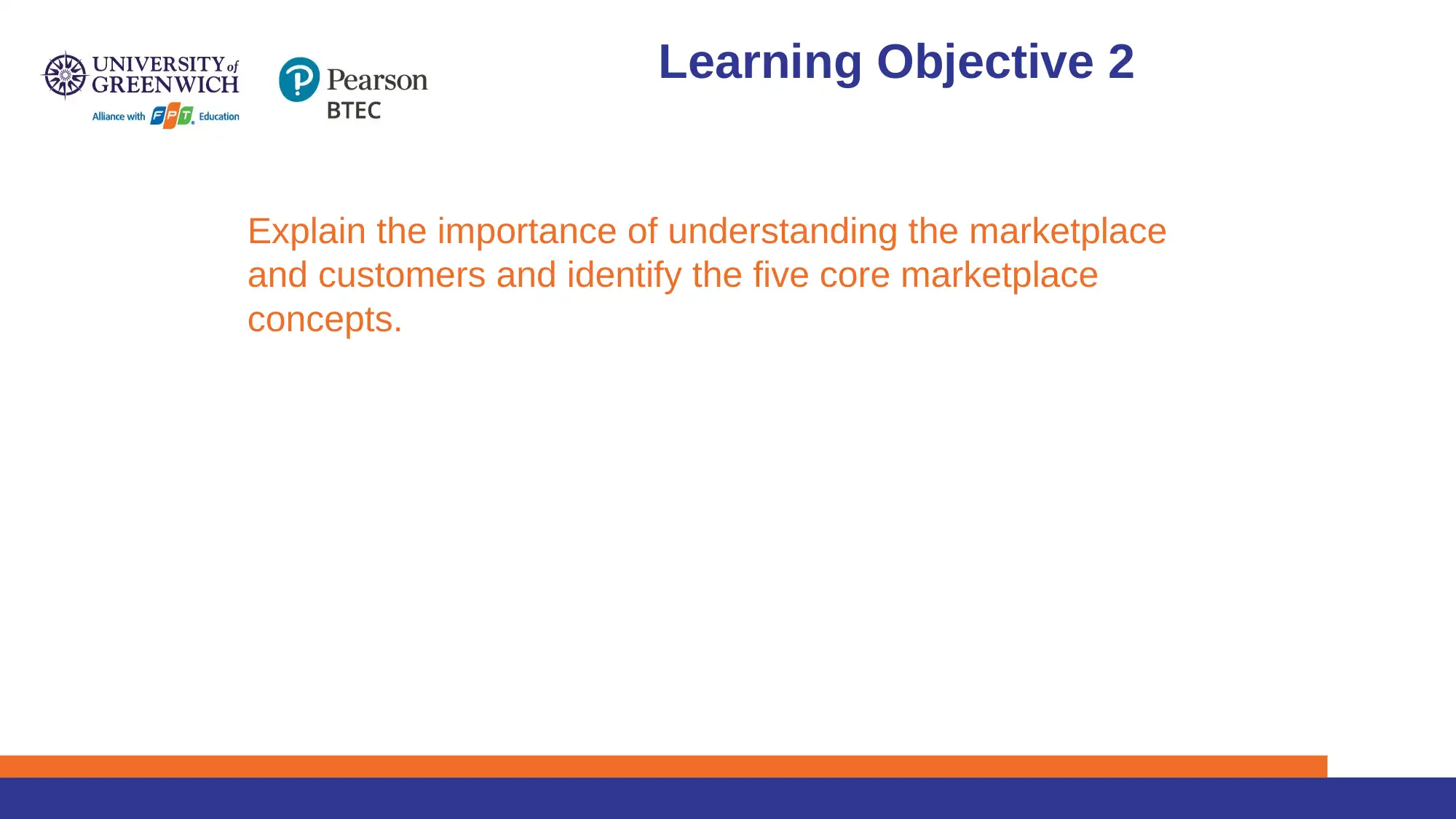
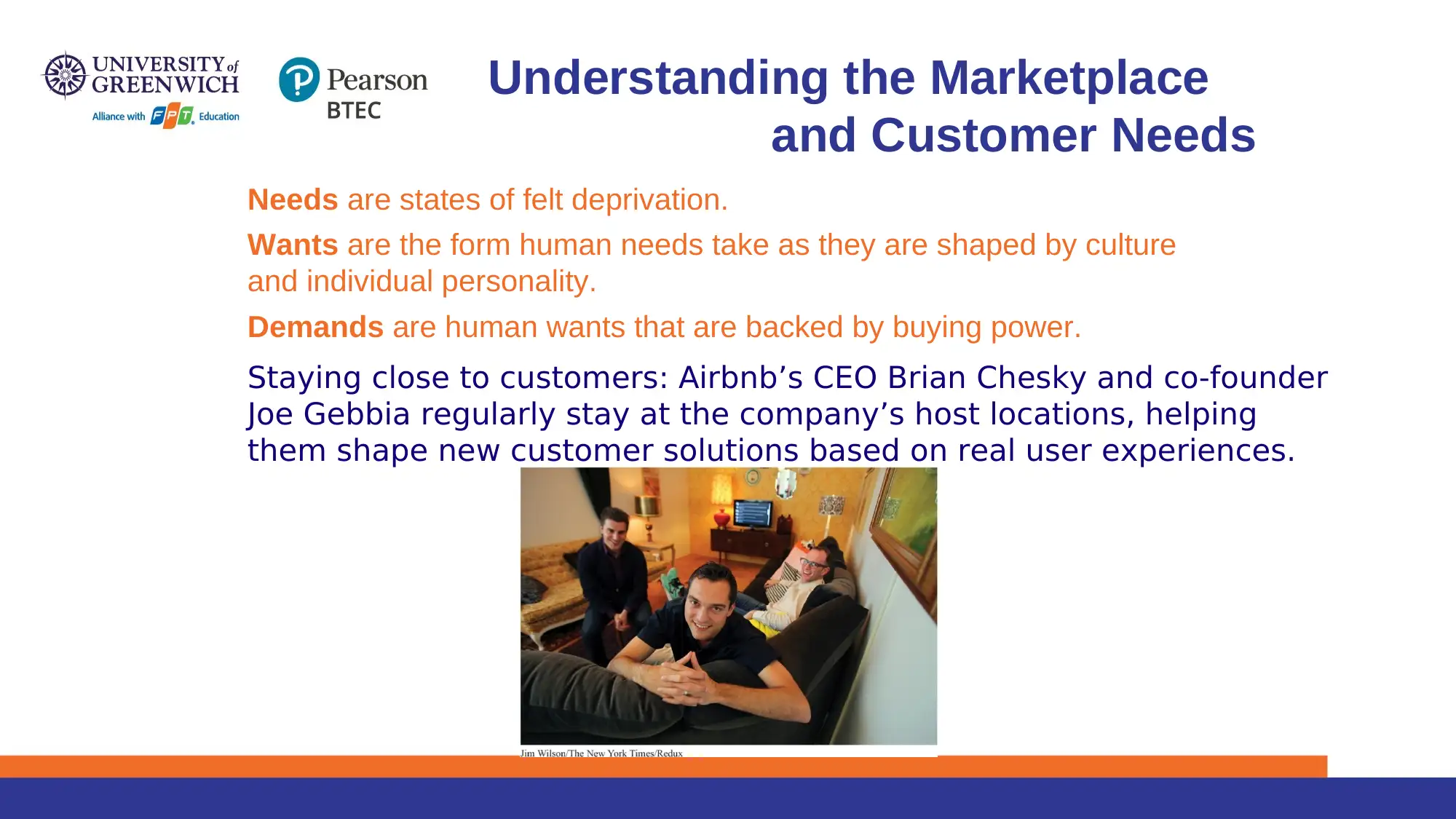
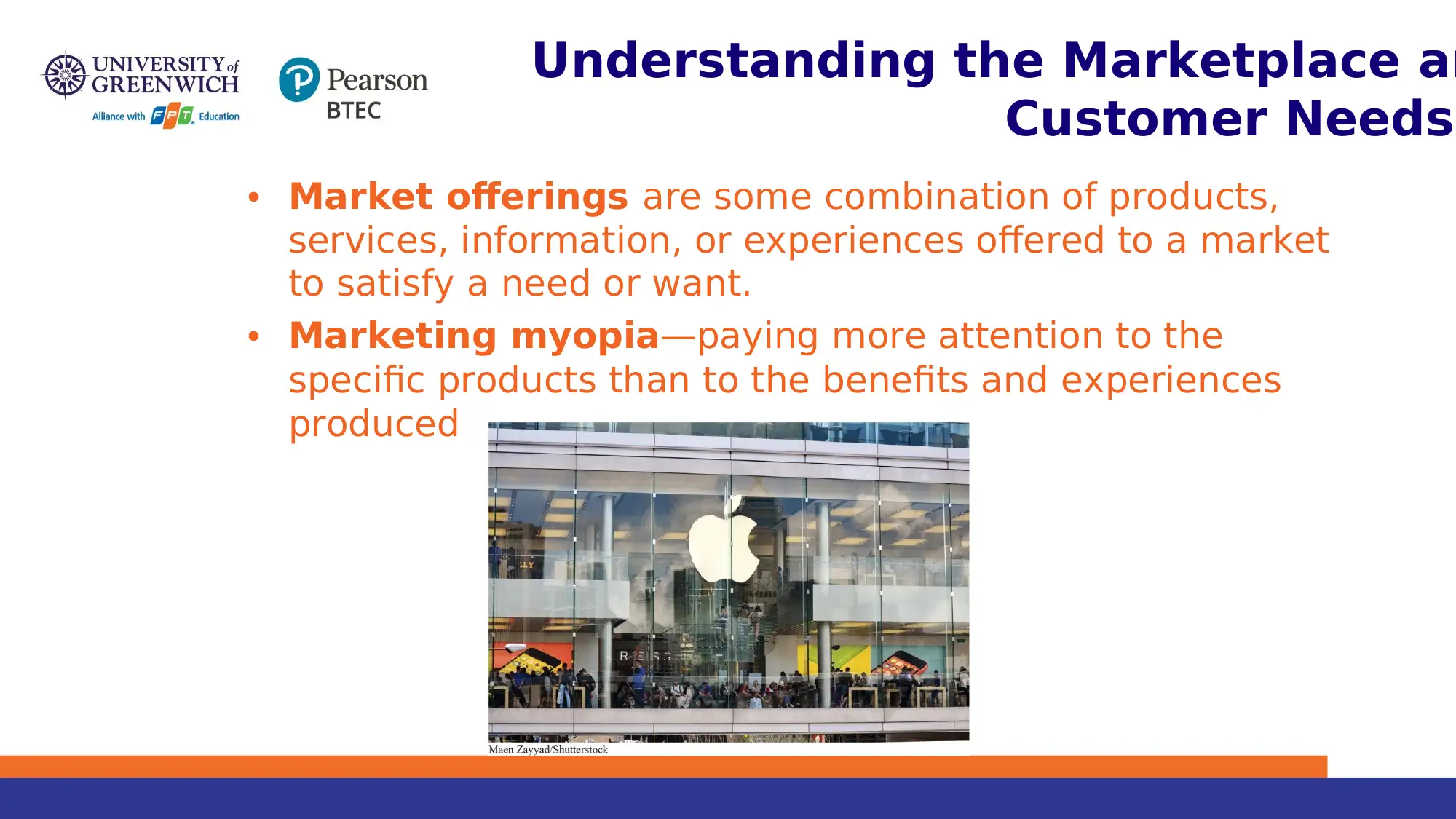
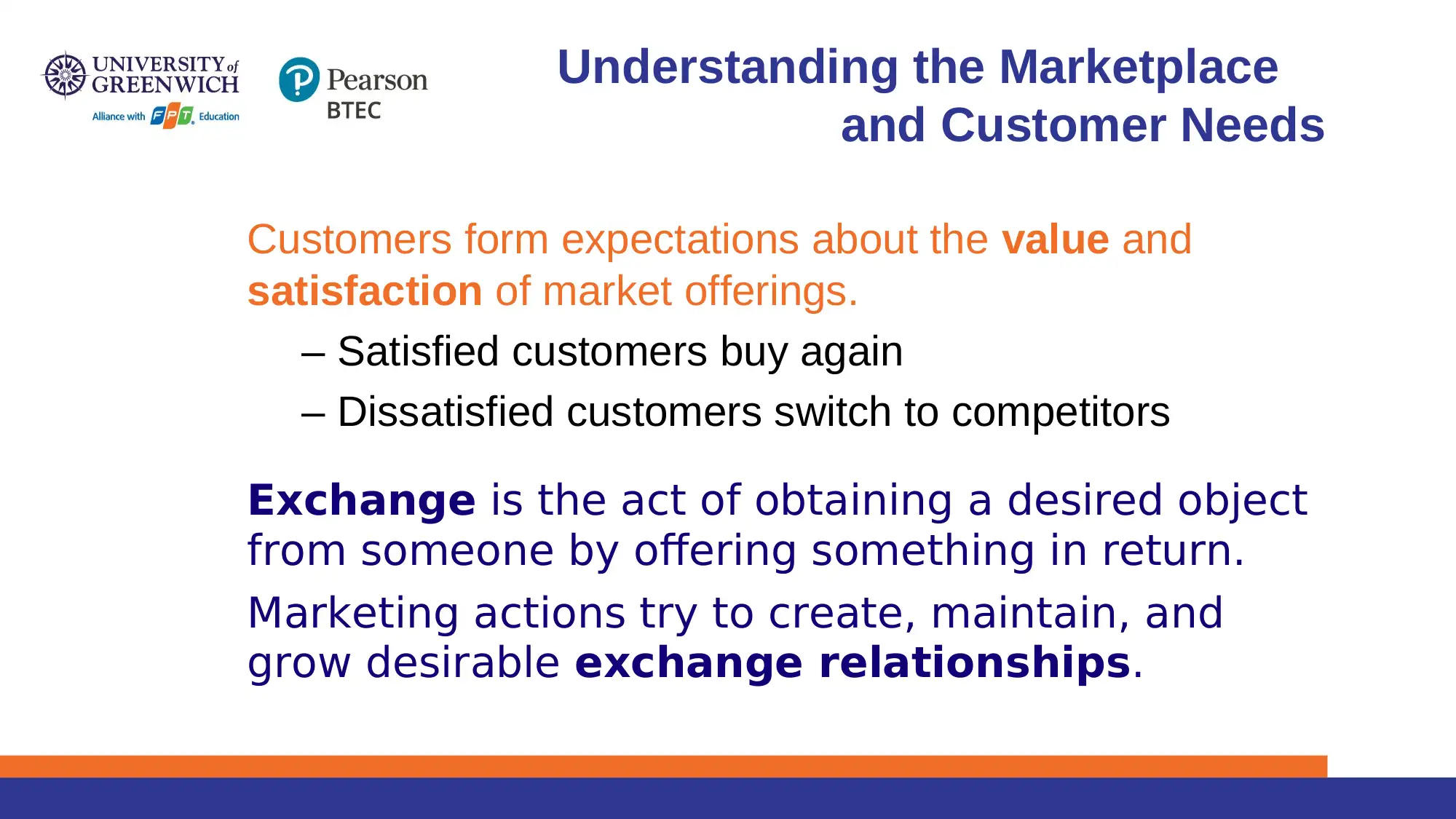






![[object Object]](/_next/static/media/star-bottom.7253800d.svg)